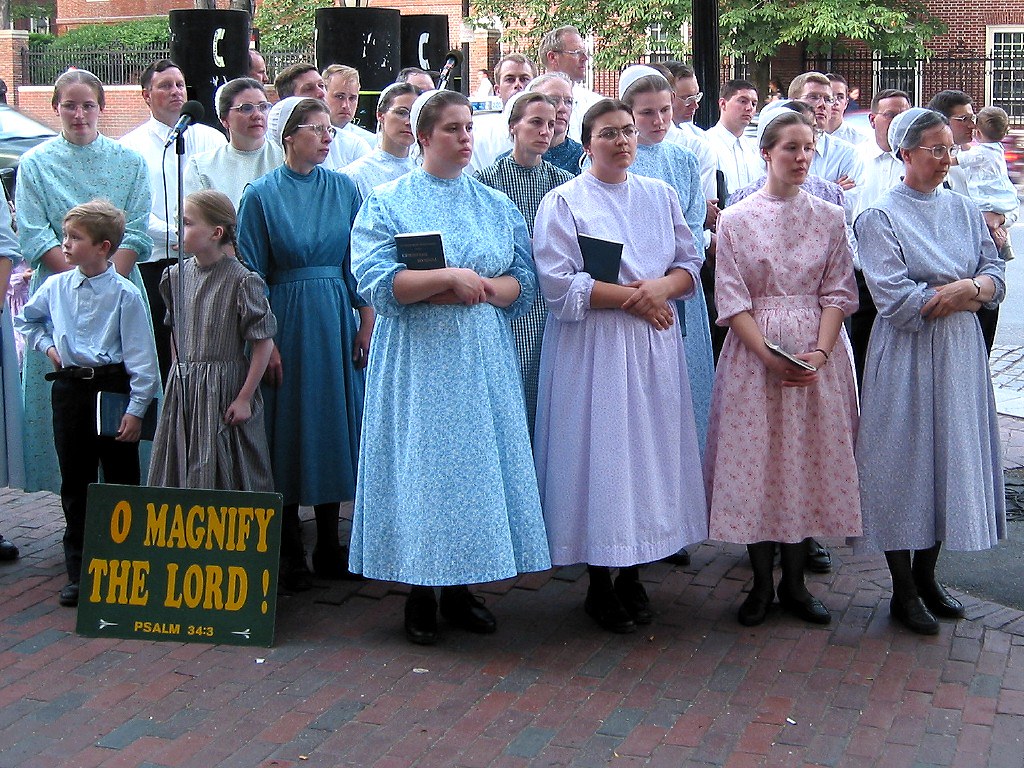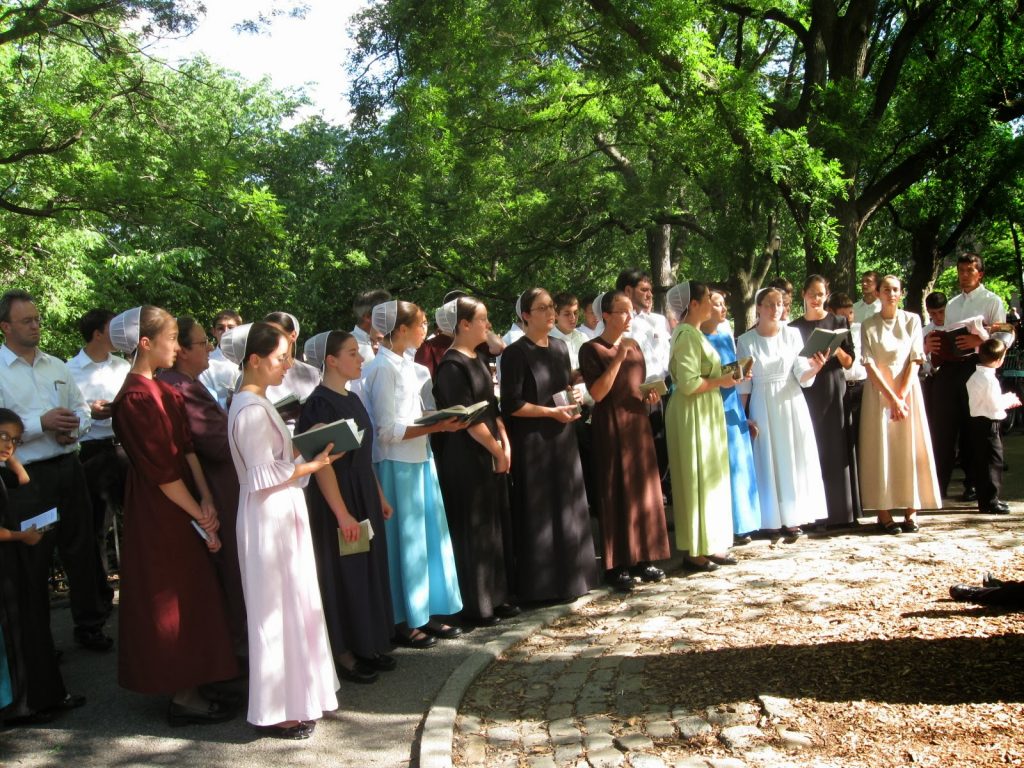How Amish Religious Practices Differ from Other Groups
The Amish follow a distinctive path of faith that sets them apart from many other religious groups. While other communities may attend weekly services or integrate occasional spiritual practices into daily life, the Amish embed faith in every aspect of living. Their practices influence family life, work, education, and community interactions. Understanding these differences helps us appreciate a unique culture committed to simplicity, humility, and devotion.
Daily Worship and Prayer
Unlike many religious groups that focus primarily on weekly worship, the Amish begin and end each day with prayer. Morning prayers often include gratitude for food, health, and family, while evening prayers encourage reflection on actions and intentions.
Moreover, Amish families regularly participate in group devotions. These gatherings combine hymn singing, Scripture readings, and personal testimonies. Each member actively contributes, making worship an immersive and participatory experience. In contrast, some other religious groups may rely more on passive attendance, with less emphasis on daily and communal engagement.
Church Services
Amish church services differ notably from mainstream congregations. Services rotate among community members’ homes or barns rather than occurring in dedicated church buildings. They last for several hours and include Bible readings, sermons, and hymn singing. Members take turns leading prayers and reading Scriptures, ensuring that worship is shared and interactive.
In comparison, many other religious communities conduct shorter services in centralized locations, with clergy leading most activities. The Amish approach emphasizes communal responsibility and active participation, highlighting a collective spiritual life rather than a hierarchical one.

Integration of Faith and Daily Life
The Amish integrate religion into daily decisions, work, and social practices. Occupations, schooling, and technology use all follow religious principles. For example, many Amish communities avoid advanced technology that could disrupt social cohesion or spiritual focus.
In other religious groups, faith may guide moral decisions or inspire charitable actions, but it often remains separate from daily labor and education. For the Amish, farming, carpentry, and household work become acts of worship, reflecting discipline, gratitude, and service. This integration of faith and life sets them apart from groups where work and spirituality remain more distinct.
Education and Moral Instruction
Amish education focuses on practical skills and moral development rather than secular advancement. Children attend local schools that prioritize character formation, community values, and hands-on learning.
Many other religious groups emphasize academic achievement alongside optional religious instruction, often prioritizing standardized testing and grades. Amish education reinforces a faith-centered lifestyle, teaching humility, responsibility, and communal respect from an early age.
Community and Festivals
Religious celebrations in Amish communities, including weddings, baptisms, and holidays, emphasize simplicity, prayer, and hymn singing. They avoid extravagance and focus on reinforcing spiritual values.
Meanwhile, other religious communities often incorporate elaborate rituals, ceremonies, or public displays of devotion. The Amish prioritize shared experience, humility, and direct connection to God, showing a clear divergence in how faith is expressed socially.
Commitment Amid Modern Pressures
The Amish encounter challenges from contemporary technology and secular influences. Nevertheless, they uphold their beliefs with unwavering commitment, prioritizing community unity and spiritual authenticity over convenience.
Other religious groups often adapt more readily to contemporary society, integrating various forms of technology and modern customs into worship or community life. This contrast highlights the Amish commitment to preserving traditional practices and their strong collective identity.
Conclusion
Amish religious practices differ from those of other groups in their integration of faith into daily life, active participation in worship, community-centered services, and simplicity in celebration. Their approach emphasizes humility, shared responsibility, and spiritual discipline. Observing these differences reveals a culture where faith is not only observed but actively lived, shaping every aspect of life in profound ways.


